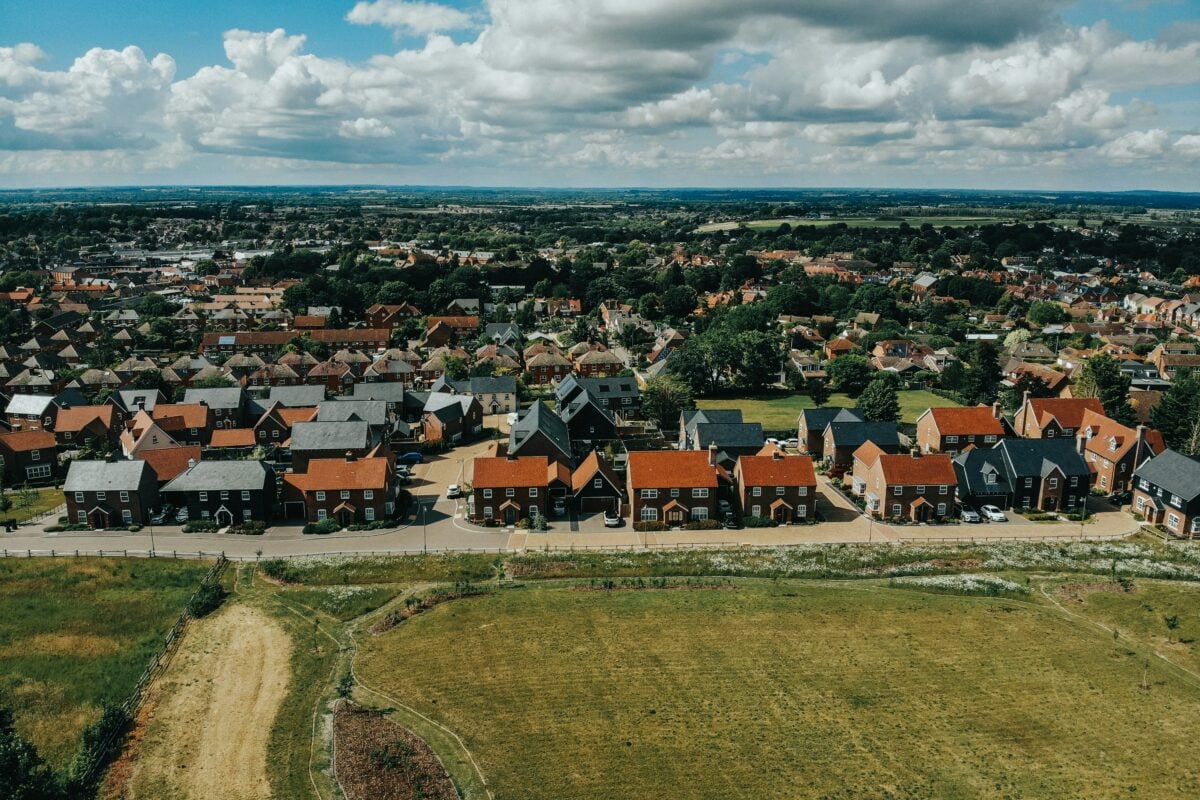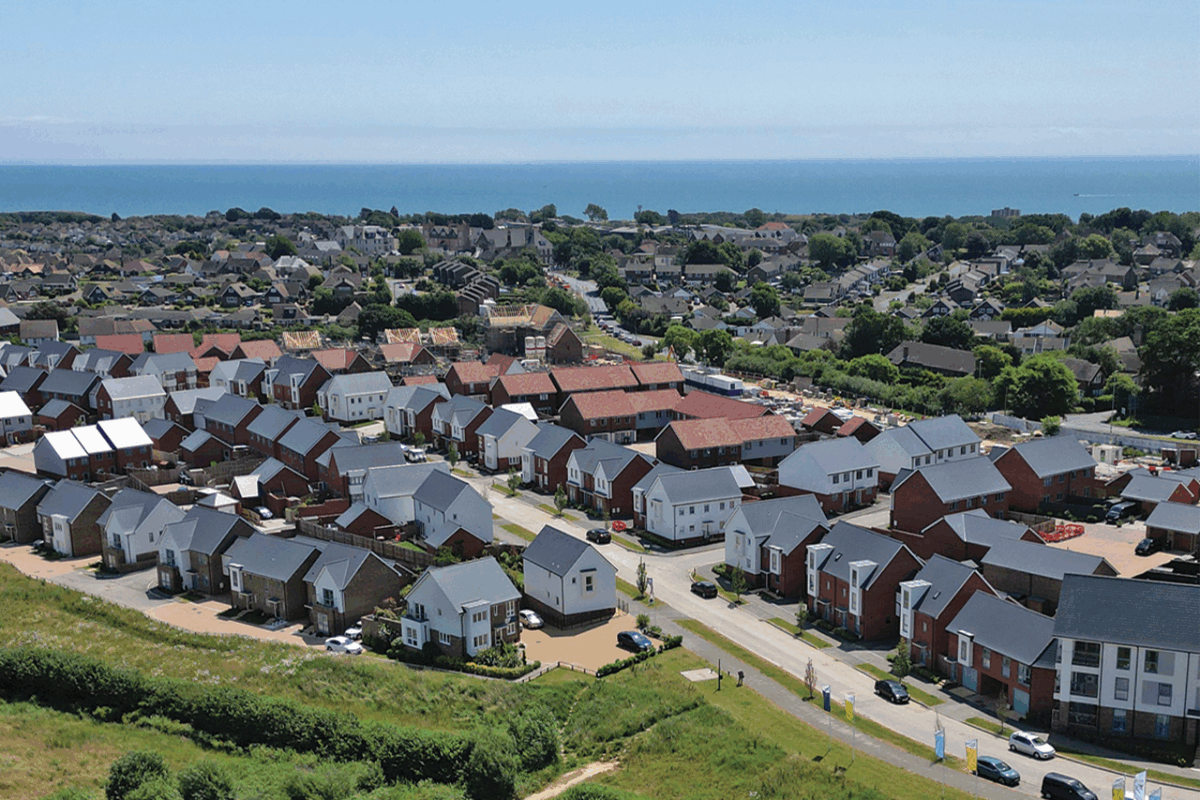Positive Signals for Delivery
The Budget also provided several encouraging signals for those focused on accelerating delivery, particularly in areas where clarity and long-term commitment are essential to maintaining momentum. One of the strongest messages came through the reaffirmed £39 billion for affordable housing, which offers stability at a time when the sector has been contending with fluctuating demand and tightening viability. Recent government data shows that 64,762 affordable homes were delivered in 2024–25, the highest figure in a decade, including 12,198 social-rent homes, the strongest annual delivery since 2013–14. With 92% of homes completed as new builds, the figures underline that when funding certainty and policy alignment converge, the system can deliver at pace. This provides clear reassurance for developers and partners engaged in mixed-tenure, remediation-led and regeneration programmes.
This sense of underlying momentum is reinforced by the latest Homes England statistics, which point to a steady pipeline of activity. In 2024–25, the agency recorded 38,308 housing starts and 36,872 completions, with 79% of all starts categorised as affordable housing. Notably, starts for social-rent properties rose by 43% year-on-year, reflecting the growing emphasis on meeting acute needs within local communities. While the private sales market remains more constrained, these figures demonstrate the resilience of public-backed delivery, and highlight its increasingly central role over the next two years as the sector balances demand-side pressure with supply-side ambition.
Alongside these delivery indicators, the Budget’s commitment to planning reform and infrastructure-led growth further strengthens the potential for progress. Measures including streamlined routes for nationally significant projects, renewed backing for New Towns, additional funding to boost planning capacity, and a default presumption in favour of development around transport hubs all signal a shift towards a more responsive, coordinated planning environment. If implemented effectively, these initiatives could reduce delays, build certainty into the system, and unlock strategically connected sites well placed to support sustainable, long-term growth.










